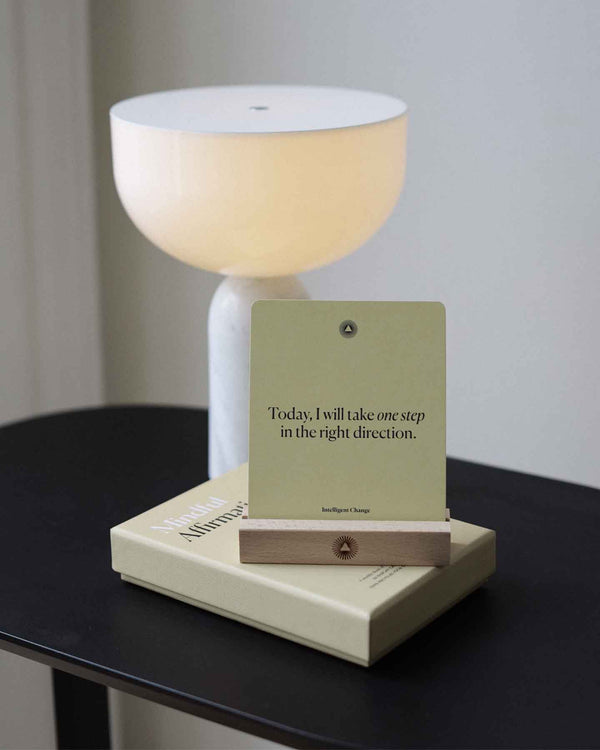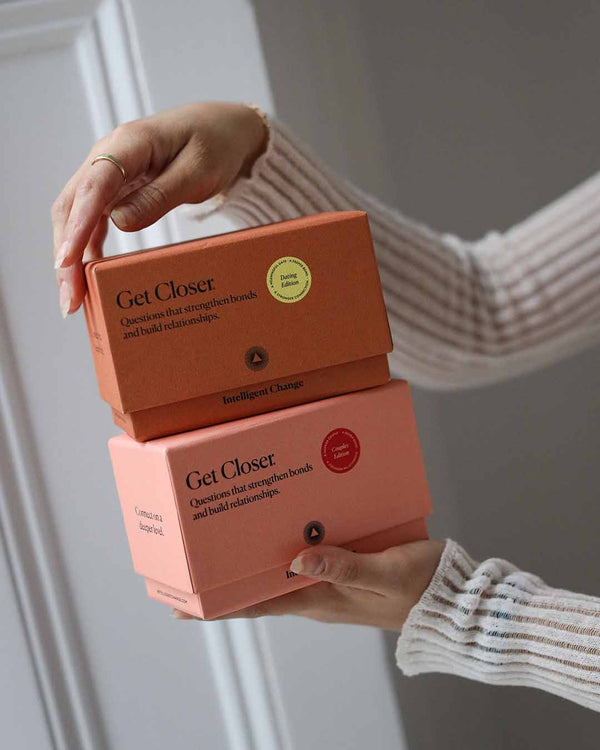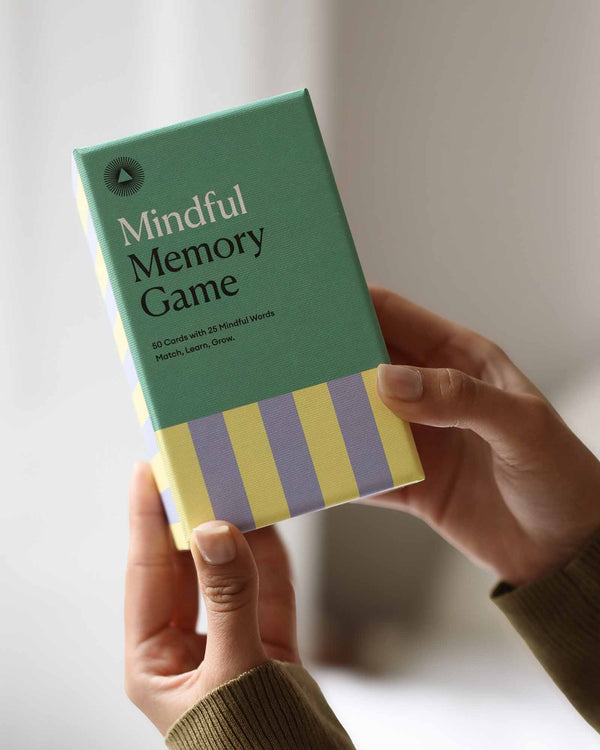Intentions versus Goals
by Intelligent Change
We often talk about the importance of setting goals. We’ve shared lots of useful tips and step-by-step guides on finding your purpose, becoming more productive with time blocking, setting clear goals and planning them properly, keeping yourself accountable, getting things done, staying motivated, and being persistent.
But even so, it’s always possible to get off track and lose our momentum. It happens to the best of us–even to the most efficient and motivated. Getting distracted, overcoming stress and tough challenges, and having unexpected or urgent matters is a normal part of our everyday lives. But is this how it’s always going to be?
There is another concept that might help us out when we lose our focus and direction–intentions.Think of intentions as the precursors of goals. No matter how well defined, SMART, or personally important our goals are to us, at least 50% of the time achieving them is a matter of chance.
You can raise the odds of your goals turning into reality if you learn how to define your own intentions on the actions that will bring you closer to your goals.
Setting intentions gives you a real idea of what you want and where you are headed. With time, it becomes your inner guidance that can affect how you spend your time and what you cultivate in your life.
Intentions answer the following questions:
- What do I want to have achieved?
- What am I going to do? How am I going to do it?
- Are there any potential challenges?
- How many pathways of decisions are there when it comes to overcoming these?
According to psychologist Peter M. Gollwitzer’s research, strong goals produce drastic changes in behavior only when they’re accompanied by intentions.
Goals vs. Intentions
The main difference between goals and intentions lies mainly in how abstract they are.
GOALS
A goal is an “end towards which an effort is aimed”, the aim itself, or the desired result. It’s specific, concrete, and linear. Goals are mainly practical and efficient. They give us a clear vision of our desired results, and, if they’re formulated well, we can determine how far we are from achieving them at any moment.
Properly set goals give us a sense of control during an action. Setting goals engages a set of higher-level cognitive processes–planning and analyzing. These two are completely “left-brain” types of processes, there’s nothing ambiguous about them. Every time you succeed at getting closer to your goals, your brain gets a dopamine shot and enjoys it quite a lot.
But life doesn’t always go according to plan. Our willpower lowers, we become emotionally drained, other things preoccupy us, and we lose our discipline and vision.
Intentions
An intention is defined as a plan to do something, or a determination to act in a certain way.
What keeps us on track in times of hardship is maintaining a positive mindset and the intention of achieving a certain goal. This is the underlying reason why you’re even set for that particular goal. Intentions give us focus and direction and help us keep an inner reminder of where we’re headed regardless of how much we go astray.
Intentions are the bigger picture, the abstract desire to get somewhere, the wind that blows us in a certain direction, while clear goals are like tools–they’re means to an end.
The science behind intentions
Psychologist Peter Gollwitzer asked the students who participated in his study to set two goals for Christmas break. The goals were either lifestyle or studies-related. Then he asked one group to outline an implementation plan for the goal, while the other group didn’t have to do this.
The purpose of the implementation plan was to define the participants’ intentions towards achieving their goals. So when the students went home for Christmas, ⅔ of those asked to set a plan returned with an accomplished goal.
Regardless of what else they had in mind, setting a clear intention is what helped them “carve” their goal into their mind, after which they couldn’t abandon it as another idea that they had.
How to set proper intentions?
The best way to set proper intentions is to follow these four rules:
- Set them as positive affirmations;
- Use them to be the driving force behind your goals;
- Set your intentions at a regular frequency;
- Make setting your intentions a part of a ritual.
For example, every week or once a month (at a regular frequency), take some time to work on your goals and intentions. This should be a part of a holistic, mindful ritual where you focus on your mind, body, and soul, regardless of whether you’re rethinking your business or personal goals and intentions.
For example, your bodily intention can be to feel rested and more energized. In that case, the goal would be “to meditate when you feel stressed” and “to go to bed before midnight at least 4 or 5 days a week”.
Similarly, your intention can be to become better and more patient when dealing with challenges and obstacles. This intention can be driven by several different goals such as “to find a new accountant”, “to book a mindfulness retreat for the whole team”, “use a better planning and time managing technique”.
A soul intention could be something like I want to be more emotionally stable and in tune with my feelings, while the goals it supports could be “to keep your gratitude practice with the Five Minute Journal or digital journal app for at least 15 days in a streak as part of your morning and evening routine”, or “to go for a mindful walks every evening for an outdoor therapy”.
How will intentions change your life?
For the most part, intentions are limitless and, compared to goals, that’s what makes them such a good underlying pathway in life that keeps us motivated at all times. To give you a better idea–the intention of being an emotionally stable person is with you when you feel the most stable (when you feel like you’re in a good place and are successful in your endeavours), but also when you’re least emotionally stable (and have the desire to change that).
Intentions don’t have limits in terms of their impact: they change the way we think, feel, behave, and, of course, the way our body works. Intentions are the most holistic and mindful way of treating yourself as you plan for things. Additionally, they usually give us energy that impacts people around us, too.
Besides being limitless, intentions are also expansive. As you may have noticed from the examples above, they are general, which means that one intention can expand on several goals, behaviors, or habits.
At first glance, it may seem like they might slow you down with how abstract and broad they are, but the reality is quite different. Intentions make you more efficient and effective, as they help you set the direction and keep you on the right path at all times.
Furthermore, intentions put power and control into your own hands. You are the one who intends to think, feel or behave in a certain way, so you are the one designing the goals along with those intentions.
Setting up intentions for your goals can do magic for your motivation, persistence, and your overall satisfaction in the process of achieving your goals.
Intentions make you more focused and help you grow as a person. They are also the tool to become more mindful in life. Intentions make you think about your mind, body, and soul, your life purpose and big goals, as well as your environment in a more conscious way. Setting intentions might be the spice that you’re missing, especially if you struggle with staying on track and fulfilling your goals.
Intentional living is one of the best gifts we can give ourselves, the people we love and the world around us, because it leads to actions that make a difference and impact our life for the better.









